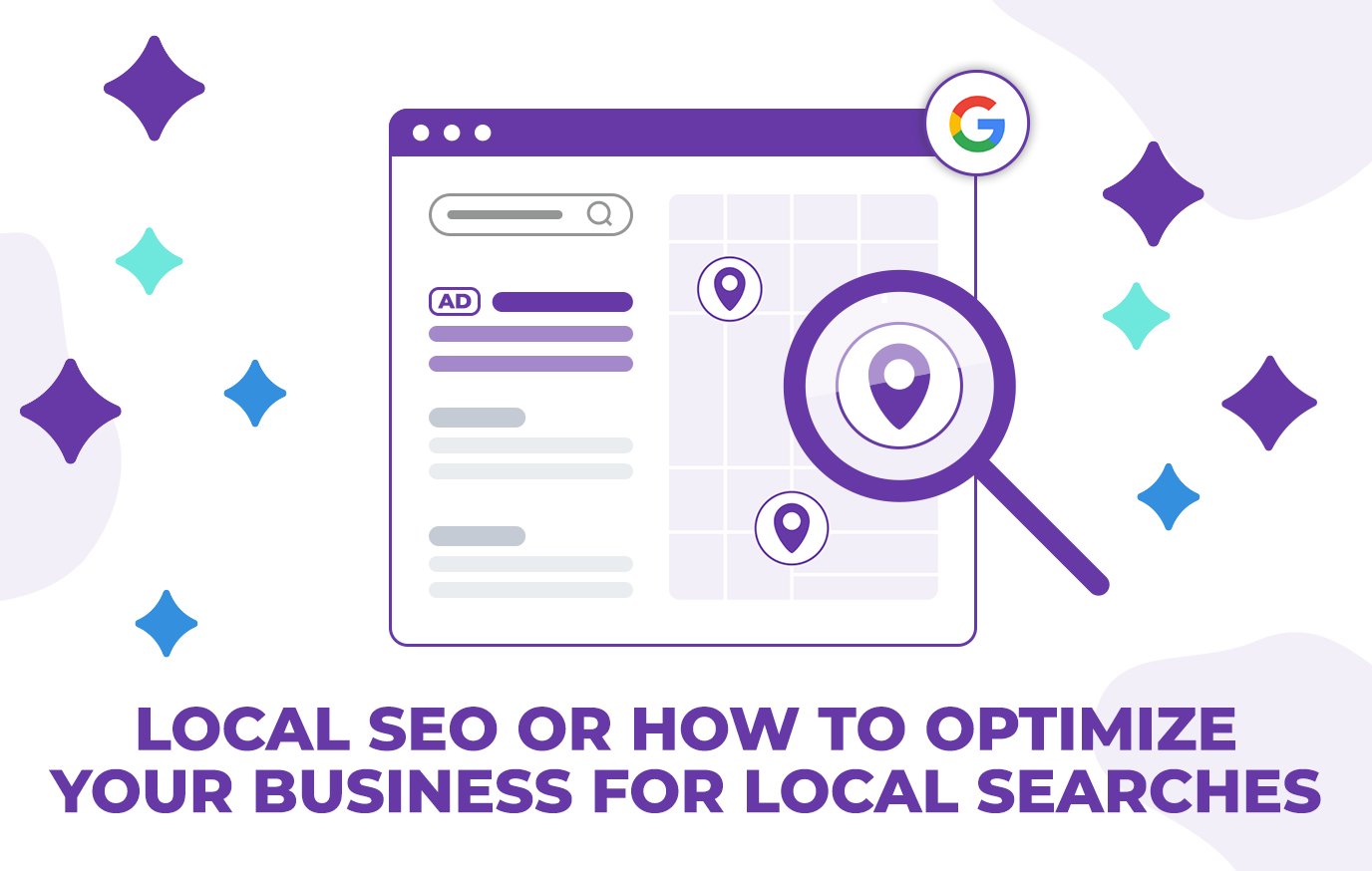
In the ever-evolving landscape of social media, Meta’s introduction of a paid subscription service marks a significant shift. This bold move has ignited discussions among users, marketers, and industry analysts alike, as they ponder the implications of this new monetization strategy. Let’s delve into what this change means for the social media giant and its millions of users.
For those interested in diving deeper into effective content strategies to enhance engagement, the article “Internet Marketing Company: Mastering Content Strategy for Engagement” offers valuable insights.
The Rationale Behind the Shift
Meta’s decision to introduce a paid subscription model isn’t an isolated strategy. It reflects a growing trend among digital platforms to diversify revenue streams amid changing market dynamics. This shift is driven by several factors:
- Declining Ad Revenues: In an era where data privacy concerns are paramount, traditional ad revenues have taken a hit. Users are increasingly wary of how their data is used, leading to stricter regulations and a decrease in targeted advertising effectiveness.
- Increased Competition: The rise of new social media platforms has fragmented the market, making user attention a highly sought-after commodity. Paid subscriptions offer a way to ensure loyalty and consistent revenue.
- Enhancing User Experience: A subscription-based model could mean fewer ads, leading to a cleaner, more user-friendly experience. This can be particularly appealing to power users who spend significant time on the platform.
What Does the Subscription Include?
Meta’s paid subscription isn’t just about removing ads. It comes with a suite of features designed to enhance the user experience and provide added value. These include:
- Exclusive Content: Access to content created specifically for subscribers.
- Enhanced Customization: More options for personalizing the look and feel of user profiles.
- Priority Customer Support: Subscribers get quicker responses and more comprehensive support.
- Additional Privacy Controls: Enhanced tools to manage data and privacy settings.
Pros and Cons of Meta’s Paid Subscription
The introduction of a paid model by Meta brings both advantages and drawbacks:
Pros:
- Steady Revenue Stream: It provides Meta with a consistent and predictable income source.
- Improved User Experience: Less reliance on ads could lead to a more enjoyable browsing experience.
- Exclusive Features: Subscribers can access unique functionalities and content.
Cons:
- Potential User Loss: The cost barrier might push some users towards free alternatives.
- Community Division: A two-tier system could create a divide between paying and non-paying users.
- Pressure on Content Quality: There’s an increased expectation for high-quality, exclusive content for subscribers.
A Game Changer or A Risky Bet?
Meta’s paid subscription model is a gamble. It has the potential to set a new precedent in social media, but it also comes with risks. The success of this venture hinges on how well Meta can balance the needs and expectations of its diverse user base while maintaining its appeal to advertisers.
In conclusion, while it’s too early to predict the long-term impact of Meta’s paid subscription model, it undoubtedly marks a significant moment in the history of social media. Whether it will be a game changer or a footnote remains to be seen, but it is a clear indication that the social media landscape is ready for innovation and change.









